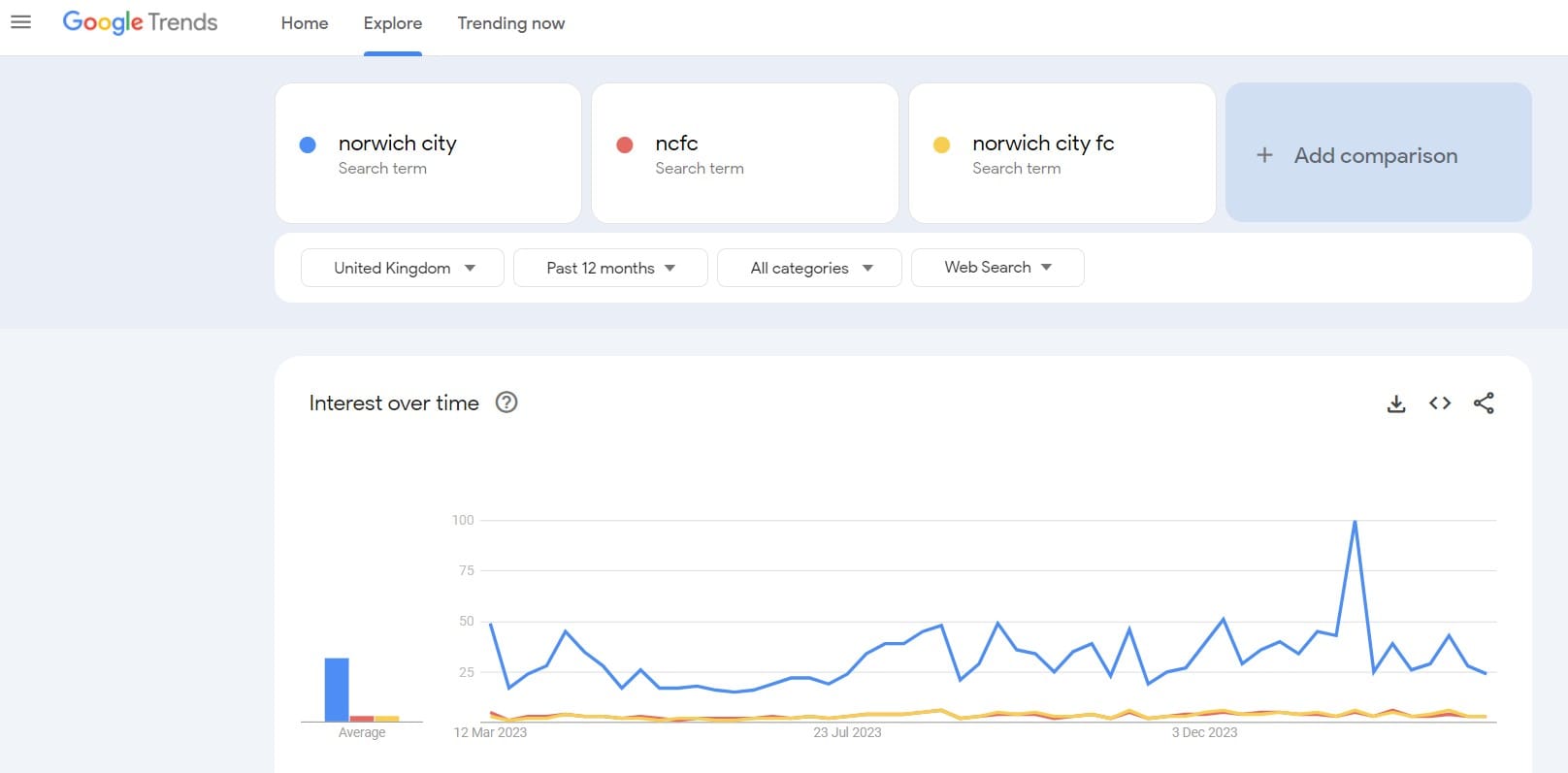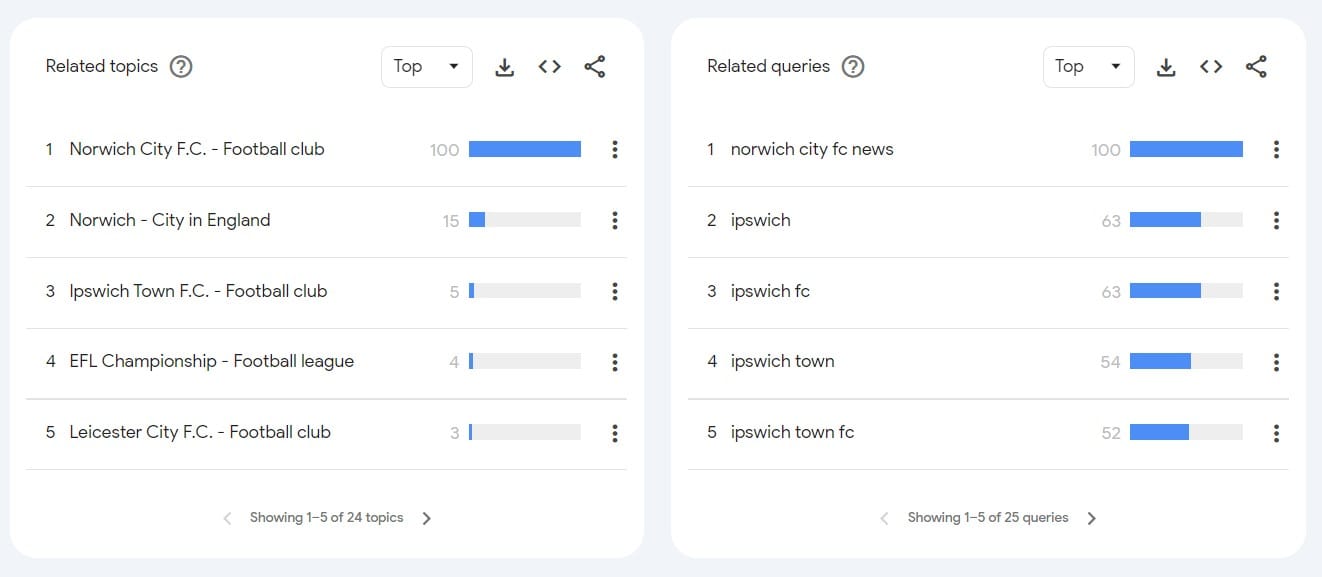9 editorial resources and content tools I swear by

The internet is a noisy place. It can be tricky to identify genuinely useful editorial advice or tools among the swathes of SEO-driven or AI-generated content out there.
Many of you landed here organically from Google while searching for a free magazine flatplan template, which suggests to me that many of you are editorially inclined. Based on the rising number of new members I thought sharing these resources and tools would also be useful to you as well.
So here are nine resources or tools I use to stay abreast of the latest editorial trends and inform my own content strategy, divided into two categories and a bonus section:
- Resources (x4)
- Tools (x5)
- Bonus (x3)
Disclaimer: Please note these suggestions are based on my personal experience and I am not an affiliate for them in any way shape or form. Any links are included purely for your reference and convenience so you can find them.
Resources
1. The Turning Point Podcast:
The Financial Times, in association with the Google News Initiative (another fascinating resource I’ll sneak in), shares interviews with thought leaders and editorial representatives about the latest trends in content, the media, marketing and technology.
The podcast is interview-led, with each episode featuring someone who has worked with the FT Strategies initiative and/or the Google News Initiative. Much of the emphasis is on commercial revenue strategies, innovation and reacting to the decline of traditional print and advertising models. But there is a wealth of useful takeaways for digital content creators beyond the news media target audience because the insights are highly relevant across multiple industries and formats.

2. Content Marketing Institute (CMI)
There are so many similar organisations out there like this, but the CMI stands out for me as a leading resource for content marketing, education and best practice. It offers an array of free and paid resources, from blog posts, how-to guides and e-books to videos and certification programmes.
Honourable mentions here also include: the Hubspot Academy and Blog, Ahrefs and Search Engine Land.
3. The Content Strategy Podcast
Kristina Halvorson hosts The Content Strategy Podcast featuring candid interviews with experts, thought leaders and new voices in the ever-evolving field of content creation. Kristina’s conversations with her guests are accessible and useful, aimed to help listeners improve their approach to content.
4. The Drum
The Drum is a stellar online publication covering media and marketing. I like how it balances industry news, resources and insights. I’ve dived into their Blogging topic section to find inspiration and advice in the past and my only gripe with the website is it pesters you to enable ads.
Tools
5. Style guide
When it comes to writing style, consistency is key for your readers – even for personal blogs like this one. Rather than creating your own style guide, I recommend using an existing one and tweaking it by personal preference – as long as you stick to those amendments consistently, of course.
I use the Guardian Style Guide purely because I like the publication, their Guide is published online and it is easy to navigate alphabetically. They also have some fun over on X/Twitter: @guardianstyle.
Google Trends is useful on three main levels.
First, you can see what topics are trending by location, day and category – it even offers real-time search trends for the past 24 hours. This is helpful if you want to piggyback on trending topics and join current conversations.

Secondly, and more usefully in my opinion, you can use the Explore tool to compare search terms. I use this to choose my SEO titles and descriptions in the metadata of my content because it shows which terms are more prolific if you’re stuck with what to focus on.
For instance, say you were writing about my local football team – Norwich City FC.
There are several ways you could enter the team into the SEO metadata: Norwich City, NCFC or Norwich City FC. Google Trends tells you which term is most searched, by location and date range – with the clear winner being ‘Norwich City’ in this instance.

Thirdly, the Explore tool is tremendously useful for identifying related topics. To use the 'Norwich City FC' example above, you can enter this term, scroll down and see ‘Related topics’ and ‘Related queries’, which you can sort by Rising or Top. These offer inspiration for lateral sidestepping and other avenues of exploration around your main focus of attention.

A handy tool for generating content ideas based on search queries. The platform helps identify questions people are asking based on your target keywords or topics. This can help inform your content strategy and offer fresh ideas on what to write about, driven by data rather than assumptions.
A free account with answerthepublic.com gives you 3 free searches a day, with some limitations on functionality and tools in terms of the insights it provides.
8. Grammarly
Install the browser plugin and desktop version to assist your editing endeavours. Writing software like Microsoft Word will have dedicated editing functionality, but Grammarly is an excellent added safety net – offering suggestions based on grammar (shock horror), brevity and spelling.
Even the most experienced writers and editors can use a helping hand. I like to think of Grammarly as my own personal editorial assistant, keeping a wary eye out for me.
9. Unsplash
A picture is worth a thousand words, right? Images and visual elements are crucial components of content creation. Blog posts need feature images, social media posts must capture attention and website pages have to be engaging.
We can use our own images, but it can be difficult to rely on our personal mobile phone galleries or photography if we discuss topics beyond our immediate bubble.
I use Unsplash as my go-to source for free visuals and stock imagery.
Depending on how niche your requirements are, the Unsplash gallery is comprehensive and with some creative searching, you can usually find an image to meet your needs (see the feature image on this post for instance!)
Bonus
Here are a few of the creative folks out there on the internet who add value to my social feeds and email inbox.
- Kieran Drew: Kieran shares his journey to becoming a solopreneur along with cracking writing advice on his LinkedIn and Twitter/X profiles. I look forward to receiving his email newsletter which includes longer form advice and content.
- Girl Power Marketing: Annie-Mai, founder of Girl Power Marketing (GPM) shares fantastic insights into the world of social media. She’s built a phenomenal following by growing her personal journey into a business. She shares a weekly email newsletter and the latest news and advice on her socials: see the GPM LinkedIn profile, Instagram - @girlpowermarketing, and Twitter/X. As a creator who is still a work in progress on the social media side of things, I find her content insightful and accessible. Definitely worth bookmarking and following.
- Struthless: Aussie YouTuber Struthless shares terrific videos about creativity and mental health – I bloody love his content. He has this unique style which is both zany and artistic, while also being incredibly poignant and honest. His videos are a joy to watch and often feature his own cartoons and artwork.
What are the tools or resources you find most valuable as a content creator?
I’d love to read them in the comment section below.
While you're here...
Thank you for stopping by. If you enjoyed the post and think others might do too, I would greatly appreciate it if you helped me reach them.
One way you can help is by sharing this article on social media or forwarding it to anyone you think might get value from these posts and the newsletter.
Another is by heading over to Twitter and connecting with me – it’s the social media platform I use most so you're most likely to catch me there.
If you are new here - click the button below to join the community receiving my newsletter.





Member discussion